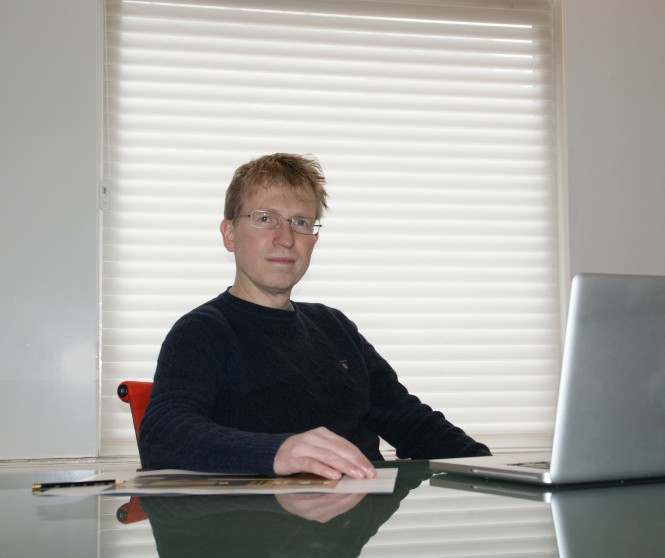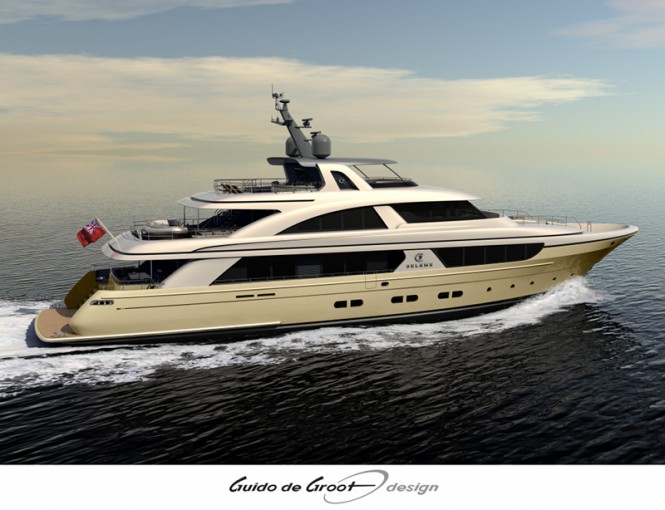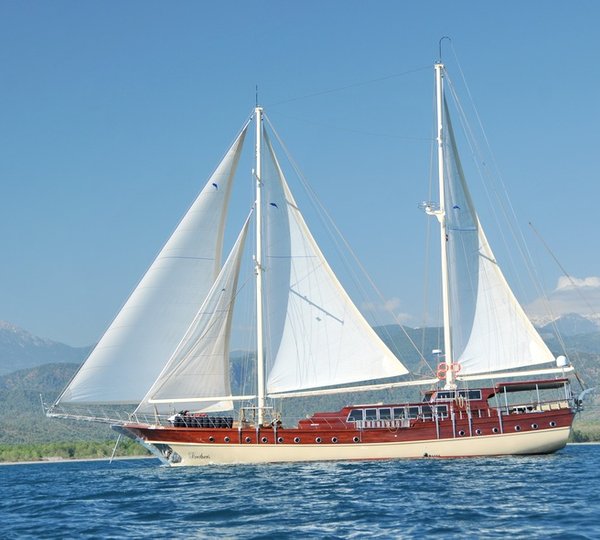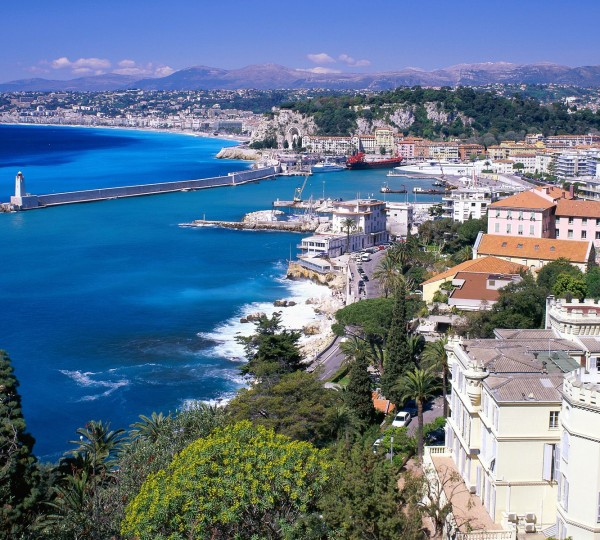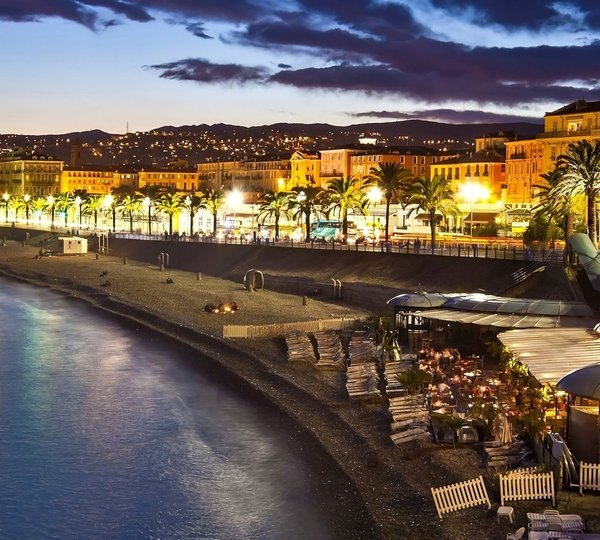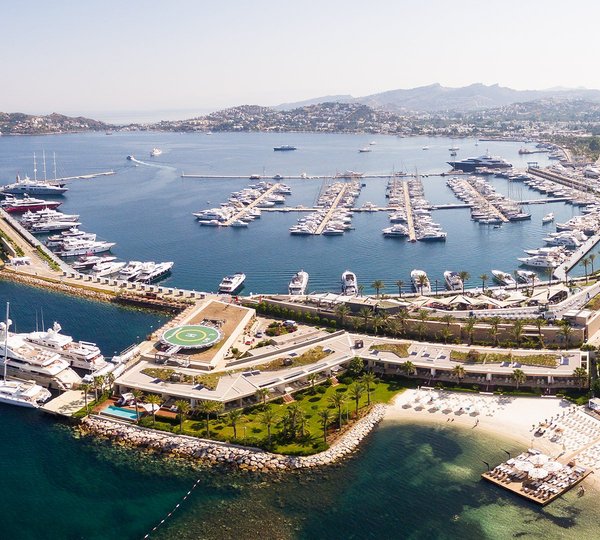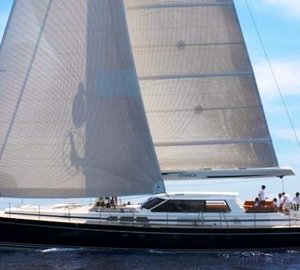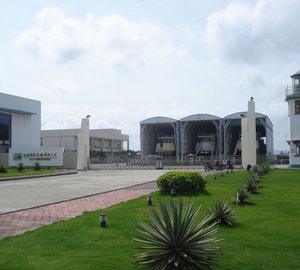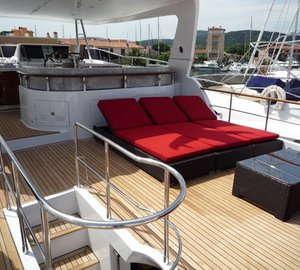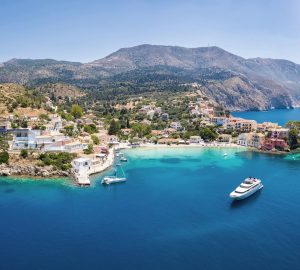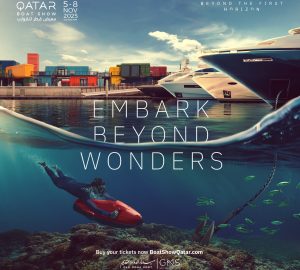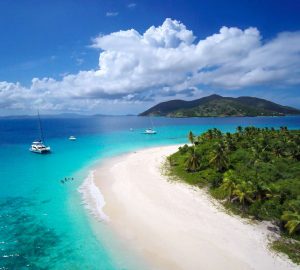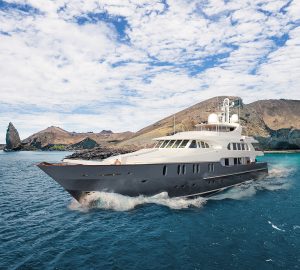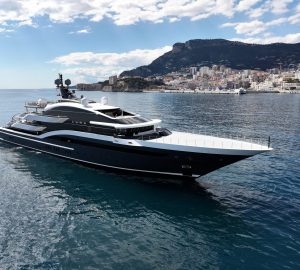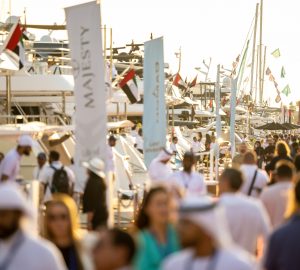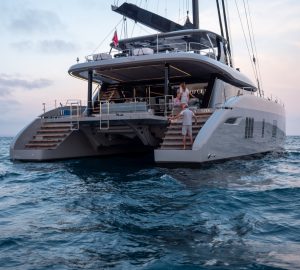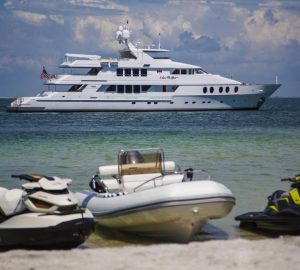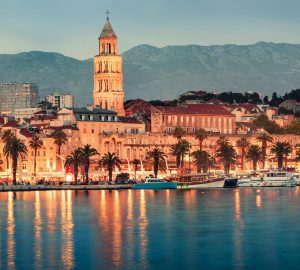Since 1997 Guido de Groot Design studio has been creating beautiful and innovative superyacht interiors and exteriors. Their extensive portfolio includes a selection of both motor yacht and sailing yacht designs, including the stunning 39 metre Feadship charter yacht Kathleen Anne, the 39m Jongert superyacht Lucia M and the elegant interior of the charter yacht Gitana. In this exclusive interview we asked Guido de Groot about his work, influences as well as current and future concepts. You can read about one of their latest projects, the Selene 128 Ocean Explorer superyacht and find out about Guido de Groot Design’s current project – the Jongert 500LE motor yacht.
CharterWorld: Guido de Groot Design was founded in 1997. You have previously worked as a car designer for an important car manufacturing company in France. What inspired you to move into the yachting industry?
Guido de Groot: My interest for large yachts started rather late. I believe I was around 20 years old when I had the chance to visit ”the Highlander” – a 46m Dutch built yacht, designed by the late Jon Bannenberg. You could say that since that day I started drawing yachts in parallel with my career in car design. After working for seven years in the car industry, and could say that I designed cars that went in production, I decided to start a new career as a yacht designer.
CW: At a glance, the two design fields seem to be somewhat different. What influence had the car design experience on your current work and what are the similarities when it comes to both?
GdG: Regarding the exterior aesthetics, both cars and yachts are 3d objects in motion that in most cases sell because of their looks. They need a good understanding of 3d surface development by the designer, together with attention to detail. For this reason you can find a lot of car designers that also have moved on to designing yachts. I would also like to mention, that being trained as a car designer gives you a good ability to present your designs in a professional and clear way to clients.
CW: Faced with a new project, you must have a number of ideas run through your mind. What is the first step taken when creating a new yacht design?
GdG: Each project starts with several meetings with our client. First, we need to get a good understanding of what the client wants and needs. When we have a better understanding of the project, the first steps taken are sketching, sketching and sketching. In general, at the beginning of a project it is important that you are not afraid of a white sheet of paper. The exploration of ideas is quite free; we wish to push the boundaries and at all times produce good and interesting solutions.
CW: Where do you draw your ideas from?
GdG: I would almost say that the designs just happen. In general, I am not looking for influences when I start designing. I do get however, influenced a lot by my clients themselves, their way of living, thinking. I had the chance to work for some fantastic clients and I am proud of having created the fulfillment of their dreams.
CW: Your work is being recognized worldwide. What, in your opinion, sets Guido de Groot Design apart from other design companies?
GdG: We are very versatile in our projects and not afraid to take on new approaches. The variety and scope of the projects reflects the fact that our company is flexible; the projects range from the futuristic to the traditional, but behind all of these, there is a cohesive and unifying style.
CW: What are the main aspects taken into consideration during a yacht design process?
GdG: Firstly you need to be aware that what you design also has to be built by the yard (so it needs understanding of the yards strengths and limitations) and secondly, you need to be able communicate your ideas and designs effectively to the client and yard. Our strong point in the development of the yacht is that we develop the yachts with 3d computer programs allowing us to make visuals for both the exterior and interior of the yacht. This way we make it much easier for the client to get an idea of what the potential boat will look like, long before the vessel has begun its construction.
CW: Nowadays, we see many futuristic yacht designs emerging from young designers. Do you see this trend becoming popular with the clients or do they still prefer a more down to earth, timeless design?
GdG: You can not really talk about yachts as something being very general. There will always be several different types of yachts, ranging from fast yachts to large displacement yachts. Some with traditional looks and others will be futuristic. Those types of yacht styles evolve, but their function is to entertain their owners and guests. Yachts change as their users expectations and demands change. What they will look like in let say 20 years depends for a large part on this. At the moment it is, for instance, important for people to be close to the water, which is achieved by folding out balconies and terraces. Also, submarines on board are starting to become popular. Accommodating these “toys” and other items will affect the layouts and appearances of future yachts. Needless to say, that a change in regulations will affect their designs, as well.
CW: Another important issue is the ecology and environment. Your latest projects include the 27m and the 34m hybrid propulsion superyacht concepts. Is there a large demand for ‘environmentally friendly’ superyachts amongst the owners?
GdG: You could say that Green Design for superyachts as such is not necessarily important because of the small number of superyachts worldwide. But Green Design has to be seen as a global issue. A lot of ideas that can come out of the ideas gained from super yachts can find their way in other green solutions for ships in general. Sea transport is still a very polluting business. We also noticed that there is a group of superyacht owners that is very interested in “green technology” because of their background in entrepreneurship in modern technology.
CW: New materials, products and features are coming out each year. What do you think does the future hold for superyacht owners, when it comes to superyacht interior/exterior design? Are there any new and exciting materials that we can expect to see in the near future?
GdG: Together with artists and craftsmen we are constantly developing new ways of using materials and surfaces that can be used for our designs. It is one of the fun parts of our job.
CW: The Selene 128 Ocean Explorer Yacht is perhaps the most recent yacht design launched by Guido de Groot. What makes superyacht Selene 128 unique and different from other explorers?
GdG: The Selene 128 is showing the expansion of the yard in to the Luxury Yacht market the best. She will be produced next to the well known Selene Ocean Trawlers yachts, for which the yard is well known worldwide. It is also the second project between Guido de Groot Design and Selene Yachts in this new range of yachts, which started with the Selene 92 – with the first yachts currently under construction.
The Selene 128 has the same typical eye-catching lines that are shown on the Selene 92. Only the Selene 128 is a true four deck motor yacht. The displacement hull has the typical Selene hull characteristics with a large beam in the middle and a narrow elegant transom giving it proportions that will appeal to the American market in particular. At the same timer, her stylish look and sharp bow angle will make her a yacht that will do well on the Asian and European market, as well. The yacht has a very large swimming platform that can be used for entertainment or for storage of water toys and is attached to a large lazarette, which can be used to store other diving gear. The main tender will be stored on the bridge deck.
CW: Antoine de Saint Exupéry once said: ” A designer knows he has achieved perfection not when there is nothing to left to add, but when there is nothing left to take off.” Would you agree with this quote and at what point can you say, that the design is complete?
GdG: As a designer of superyachts you are always facing the problem of the “size”. I would say a perfect yacht is well designed when everything is exactly designed accordingly to her size. It happens too often, that people say the yacht is very nice, but it should be little bit larger to accommodate all her features properly. For this reason it is very important right at the beginning and before the construction should start, that the designers are clear with their clients about the real dimensions on board.
CW: Customer’s wishes and requirements are very important. How do you find the right balance when it comes to these, your own beliefs and ideas, and the collaboration with the shipyard?
GdG: The customers’ wishes and requirements are what yacht design and yacht building is all about. A client will come to us because he believes we are the right people to put his wishes and requirements best into a concept that can be built. Together with the owner, naval architect, project manager and shipyard we are part of a team. We are open-minded towards anybody involved in the project in order to create a yacht everyone will be proud of at the end.
CW: Are there any new super yacht projects from Guido de Groot design that you are currently working on? If so, would you like to share some information with our readers?
GdG: We are working currently on designs of the Jongert 500LE yacht, a 50m vessel, which construction will start soon. Powerful, long, sleek sculptured lines are the main characteristics of the exterior design of this yacht. We tried to accentuate the length of the boat. Besides already having lots of outdoor recreation areas, special features have been created to have the indoor areas become part of the exterior areas by the use of sliding doors and folding out balconies. Also, the rear garage door can fold out onto the sea in order to become a huge terrace.
A completely different project is that of the interior design of a 40m Motor Sailing Yacht currently under construction at the Mengi Yay Shipyard in Turkey according to the designs of Ginton Naval Architects. At the moment we have 8 yacht projects over 24m under construction or with construction starting soon. Furthermore, we are working on several yacht projects under 24m.
CW: As a successful world renowned designer, what advice would you give to the emerging designers willing to enter the yachting industry?
GdG: I think it is important that emerging designers are aware of Yacht Design not being only about “the looks”, but also in what way the yacht will be used and how it will be constructed. They need a very good understanding of yachts in general.

